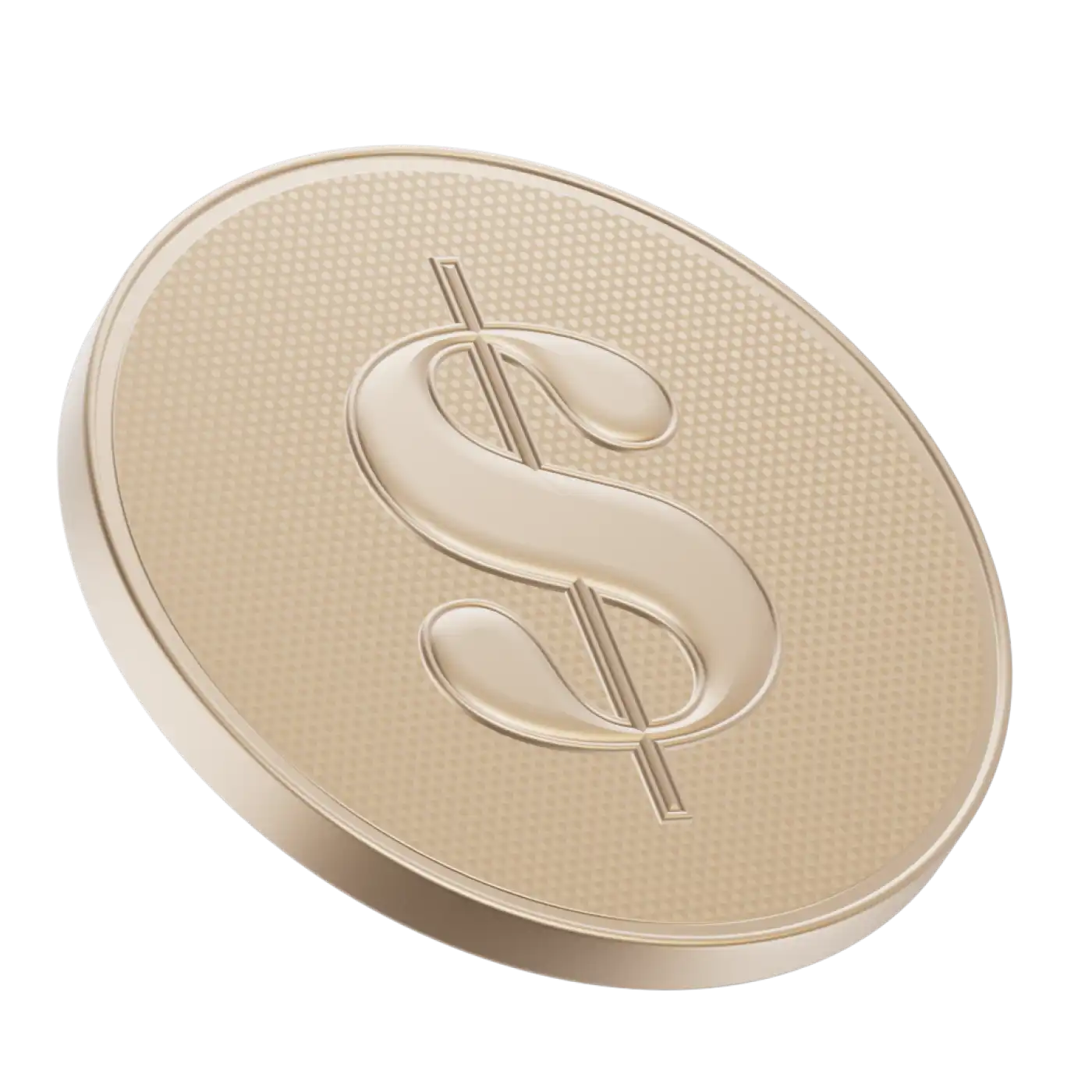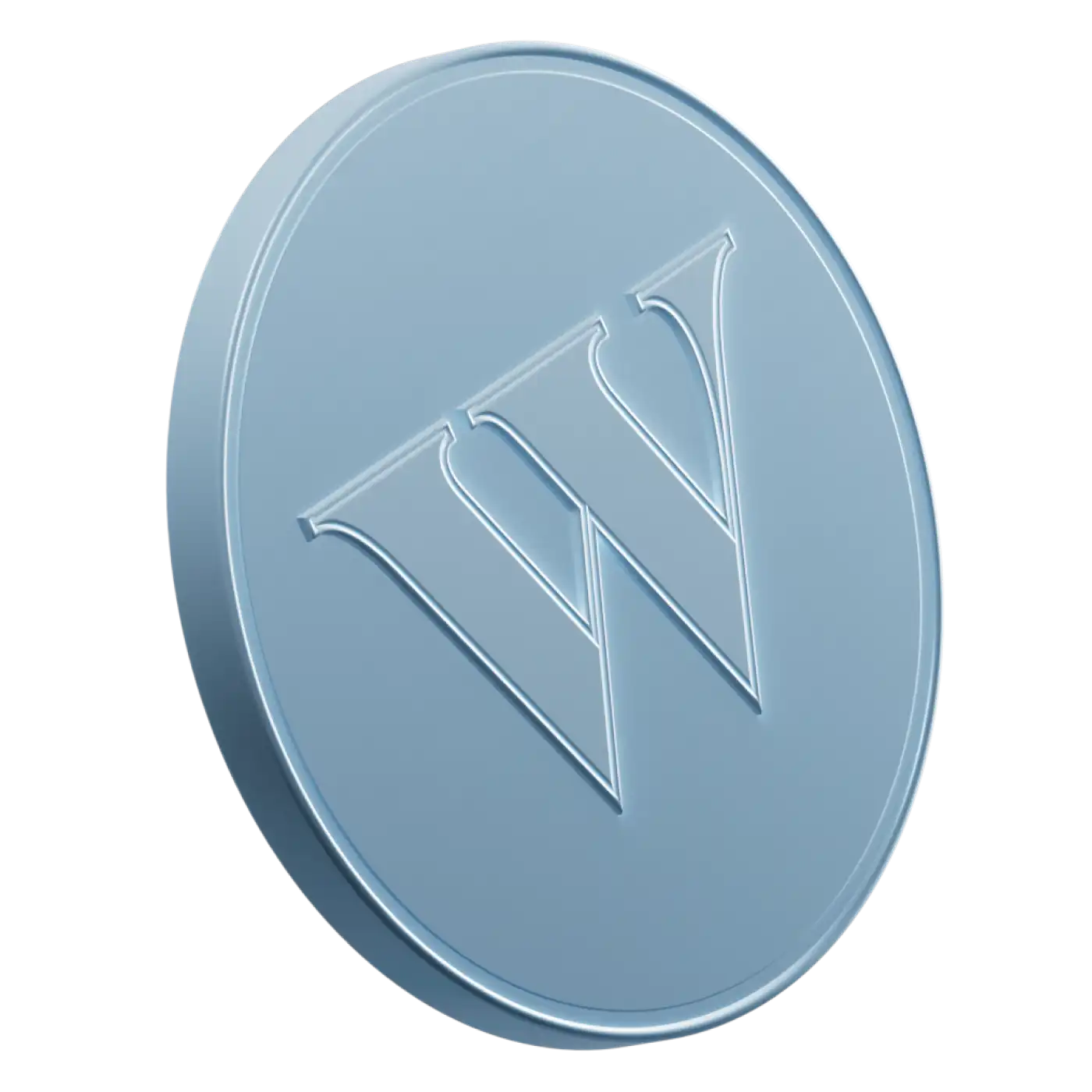Good news: Filing taxes as a self-employed person is not very complicated. All that's required is to calculate your self-employed business, professional, or commission income on Form T2125 — Statement of Business or Professional Activities and include that income on your T1 General.
What’s more, you can reduce the amount of business income that you’ve earned, because the Canada Revenue Agency (CRA) allows the self-employed the opportunity to deduct any relevant business expenses from that income.
The other important difference for self-employed Canadians includes the filing deadline for tax returns, and the requirement for paying into the Canada Pension Plan. Everything you need to know about both of those differences is explained in detail below.
Business income vs. employment income
Business income includes money earned from a:
profession
trade
manufacturer
an undertaking of any kind, an adventure or concern in the nature of trade, or any other activity you carry on with the intention to earn a profit, provided there is evidence to support that intention
Employment income includes money earned from wages or salaries received from an employer.
Self-employment income reported on Form T4A
Every year around tax time, employers send their employees a T4 slip. This slip makes clear how much an employee earned throughout the previous year, and provides them with the numbers they need to fill out their T1 return.
When you’re self-employed or earning business income, you might instead receive a T4A slip — the Statement of Pension, Retirement, Annuity, and Other Income — from your clients by the end of February the following year. T4A slips will include the total dollar amount for each job.
Calculating gross and net self-employment income using Form T2125
As a self-employed person, you must fill out Form T2125, the Statement of Business or Professional Activities. This form will help you calculate your gross income, which is the total amount of self-employment money you earned during the year. The T2125 also provides self-employed Canadians the opportunity to deduct allowable expenses from their gross income, lowering your taxable income so you pay less in income taxes. Because they reduce the amount of tax that you have to pay, these deductions can have a big impact on your bottom line when you’re self-employed.
On Form T2125, you should expect to provide the following details:
your source(s) of business income
description of the business, including a description of your products and services, and the industry that your business operates in
income that comes from internet business activities, including but not limited to affiliate sales, ad traffic revenue and referral fees, including the URL(s) of those sites
any Goods and Services Tax (GST) or Harmonized Sales Tax (HST) you paid and received
any expenses incurred while attempting to earn a profit
After completing Form T2125, you’ll then be able to use the net and gross income figures to complete your T1 return.
You must include all your income when you calculate it for tax purposes. If you fail to report all of your income, you may have to pay a penalty of 10% of the amount you failed to report after your first omission.
How much to set aside for taxes
There is no entirely accurate way to determine the amount of money you should be setting aside during the year in order to pay your taxes in full upon filing. That said, the general rule is to set aside between 25% and 30% of self-employment income earned for taxes (even if this percentage may change as your income fluctuates and tax rates shift). That general range makes up the need to pay for the following taxes:
Canada Pension Plan (CPP)
Federal income tax
Provincial income tax
GST/HST (if registered)
Self-employed tax rates
Federal tax rates for 2025 are:
2025 federal income tax brackets | 2025 federal income tax rates |
|---|---|
| $57,375 or less | 15% |
| over $57,375 to $114,750 | 20.5% |
| over $114,750 to $177,882 | 26% |
| over $177,882 to $253,414 | 29% |
| More than $253,414 | 33% |
Provincial/Territorial tax rates can be found on the CRA website.
Contributing to the Canadian Pension Plan (CPP)
Canadians between the age of 18 to 70 who have net self-employment income and pensionable employment income greater than $3,500 are required to contribute to the Canada Pension Plan (CPP). Regular workers contribute a particular percentage of their wages above $3,500, up to an annual maximum, while their employer contributes an equal amount. This percentage changes each year — for 2025, it remains at 5.95%.
Self-employed Canadians, however, do not have employers deducting CPP from their pay, then matching that amount and remitting it to the CRA. Instead, they are responsible both for their portion of CPP and for what would have been their employer’s contribution.
For 2025, self-employed Canadians must prepare to pay to the CRA 11.9% of their income, up to a maximum of $8,068.20. Beginning in 2024, as part of the CPP Enhancement that began in 2019, self-employed Canadians may need to pay up to an additional $792 under CPP2.
Self-employment deductions
In order to reduce the amount of taxes you owe, it is very important to claim all of your business-related expenses on your T2125. In addition to lowering any tax payable, you’re also putting together the most accurate picture of your business’s overall health. Some of the most common expenses for self-employed Canadians include:
Office supplies: pens, paper, paper clips, printer ink, etc.
Advertising: business cards, flyers, online marketing, etc.
Vehicle expenses: gas, maintenance, insurance, lease payments, repairs, cleanings, oil changes and registration fees may all be deductible if you use your vehicle for the purpose of earning business income. It’s important to have your vehicle’s mileage figure at the beginning of the year, and at the end of the year, as well as a travel log book that corresponds to a calendar.
Bank fees (a commonly overlooked deduction)
Inventory: if you purchase products to resell, the cost of those products is a deduction.
Business-use-of-home expenses: if you operate your business out of your home, you may be able to deduct a portion of your household expenses at tax time. This includes a portion of your rent and utilities. Gather your bills and receipts for power, heat, rent, security, hydro, etc. You are only able to deduct the percentage of these expenses that correspond to the percentage of your home that you use solely for earning business income.
Cell phone: if you use your phone for business, a portion of that expense can be claimed as well. Have your cell phone bills on hand.
For the complete list of eligible business expenses, visit the CRA’s section on Business Expenses.
How self-employed individuals can file tax online
If this is your first year of self-employment, preparing your first tax return may seem daunting. Fortunately, there are plenty of online tax products that make the self-employed filing process simple. These products can automatically pull any tax slips that have been issued to you in your name directly from the CRA website, then walk you through completing every step of your return. That includes the T2125 reporting of business income, and the fun part — those business-related expenses which reduce your taxable income.
To file online, you must be a resident of Canada, and you can’t have filed bankruptcy in the current tax year or previous year. To be able to automatically pull your tax slips, you must also be registered with CRA’s My Account.
Due dates
While your personal income tax return would typically be due to the CRA, with full payment, by midnight on April 30 (unless that date is on a weekend or holiday, where it moves to the next business day), the CRA gives self-employed taxpayers a little longer. If you or your spouse or common-law partner is self-employed, you have until June 15 to submit your income tax return. However, any taxes owed to the CRA are still due by April 30, even for self-employed individuals. As a result, it’s important to have your return ready to file by April 30 if you suspect you will owe taxes to the CRA.
If the CRA determines that you must pay your taxes in installments, rather than in one lump sum, they will notify you. Installment payments are due on March 15, June 15, September 15, and December 15 every year. (If the due date is on a weekend or public holiday, it moves to the following business day.)
Relevant CRA forms for self-employed individuals
Again, self-employed business income is reported on Form T2125, Statement of Business or Professional Activities. This form will help you calculate your gross and net income, which are both required when you complete your T1, General income and benefit return.
In order to maximize your deductions and minimize your owed taxes, it’s imperative that you keep all of your receipts.



